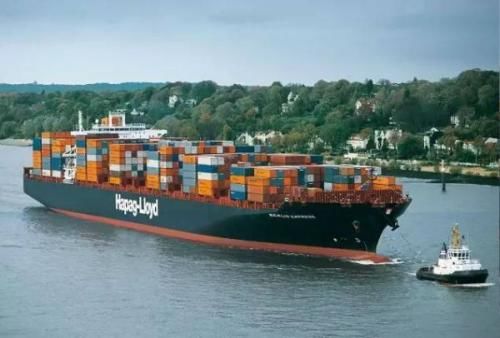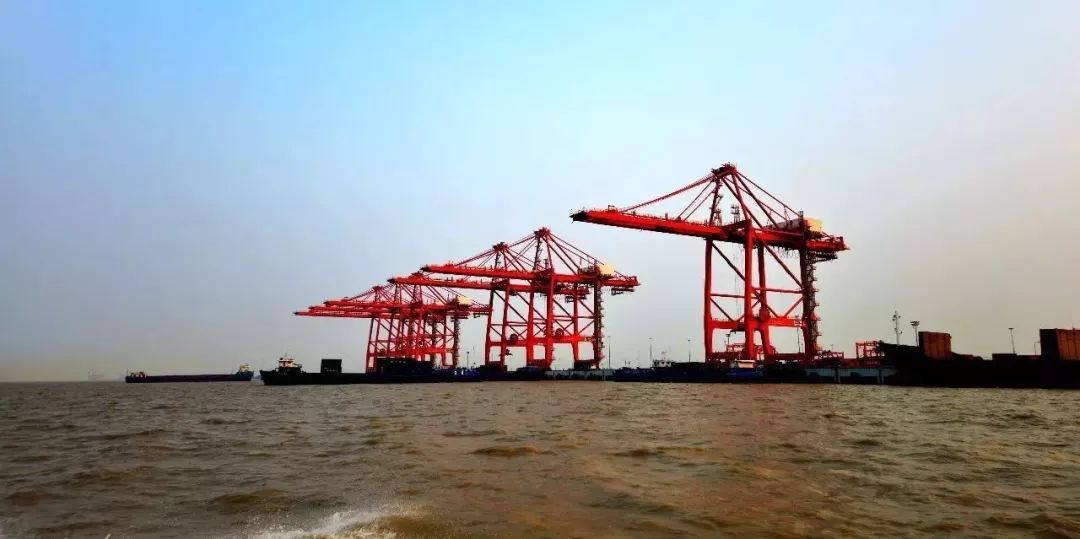"Problem ship" is not allowed to enter Taicang Port
- Author:MIKEY
- Source:Sunny Worldwide Logistics
- Release Date:2019-11-18
How to improve the safety and green development level of Taicang Port? The “1+3” high-quality ship selection mechanism initiated by Taicang Port since August this year has played an increasingly important role.

As of November 12, Taicang Maritime Safety Administration completed 1368 ships for dry bulk cargo selection, 96 ships were rated as Class C ships; 207 ships were selected for the shipment of dangerous goods container ships, and 18 ships were rated as prohibited from carrying high risks. For Class C ships with dangerous goods entering the port, 3 ships were rated as Class D vessels forbidden to carry dangerous goods into port; 362 ships were selected for the shipment of dangerous chemicals, and 21 ships were rated as Class C ships. These ships rated as Class C and below will be rejected by Taicang Port. This move has greatly touched the relevant shipping companies and terminals.
In recent years, Taicang Port has developed rapidly. In 2018, there were 118,000 ships entering and leaving the port. The daily transit of the Taicang section of the Yangtze River was about 1,200 times per day. The cargo throughput was 230 million tons, the container throughput was 5.07 million TEUs, and the dangerous goods transported by ships was 52.65 million tons. In addition, Taicang Port presents a “South Port North Anchor” pattern, with ships crossing the waterway frequently. The types of ships are complex. Large-scale seagoing vessels coexist with small inland river vessels. The number of sea-going vessels arriving in Hong Kong is increasing, the trend of large-scale ships is obvious, the inland river diversion vessels are frequently operated, and the level of safety and anti-pollution management of inbound vessels is mixed. With the continuous development of the port, the hidden dangers of ship safety production and pollution prevention risks have become increasingly prominent.
In order to effectively prevent and control risks, improve the safety level of Taicang Port, promote the safe, green, convenient and high-quality development of Taicang Port, and consolidate the status of Taicang Port Jianghai Intermodal Hub and Yangtze River Water Transport Center. In August this year, Taicang Maritime Bureau united the place. The port department has fully implemented the “1+3” high-quality ship selection mechanism in Taicang Port.
What is the "1+3" high quality ship selection mechanism? According to the relevant person in charge of the Taicang Maritime Safety Administration, in the ship selection mechanism, “1” refers to the responsibility of implementing ship safety and pollution prevention management by the terminal; “3” refers to the implementation of ships carrying dangerous chemicals, container ships carrying dangerous goods, and carrying dry goods. Bulk cargo ships are selected for high quality. The ship selection mechanism refers to the comprehensive quality level assessment of ships and the implementation of differentiated management according to the technical conditions of the ship, the professional quality of the crew, the safety and pollution prevention management level. Class A ships enjoy convenient measures such as priority berthing and loading and unloading, and recommend the owner to choose. Class B ships are normally managed as required.Class C and Class D ships will be refused entry to the port by the terminal, and it is recommended that the owner avoid picking up the ship to carry the goods.

"Priority of selecting ships with high comprehensive quality to arrive at port, restricting the arrival of ships with low comprehensive quality level, and improving port safety and green development level." The relevant person in charge of Taicang Maritime Bureau said. The ship selection assessment refers to the port and port interface safety and pollution prevention management, ship risk level, dangerous goods risk level, key tracking, investigation, prominent illegal behavior, credit information, etc. The terminal develops the ship selection evaluation standard according to the above factors. Maritime law enforcement officers do not directly participate in the assessment and direct the selected ship alliances to carry out the ship selection assessment. Each wharf formed a ship selection alliance, unified standards, and unified promotion of rhythm. The ship selection evaluation elements fully considered the safety management needs of ports and terminals, and mobilized the enthusiasm of the port departments and terminals.
The results of the ship selection assessment are valid for one year. Those who have been rated as Class C ships may apply for reassessment after 3 months after completing the corresponding defect rectification.
Class A and Class B ships are listed as key tracking targets. The main responsibility for accidents above the level is serious, or the waters are seriously or intentionally polluted, the traffic accidents escape, the sea-wheels are out of control for more than 12 months, and the number of people is seriously absent, and the fees are evaded. Directly down to class C.
The selection of the ship forced the shipping company to improve the ship's technical status and safety management level, and the "active safety" mechanism was initially formed. At present, most of the companies that have been rated as Class C and Class D vessels actively consult and rectify, indicating that efforts should be made to improve the ship safety management level and ship technology status, with a view to improving the ship selection evaluation level.
MIKEY
Time: November 18, 2019
Tel: 86-755-25643420 - 8059
Mobile/WeChat:17722618609
QQ: 3004940572
Email : sales22@swwlogistics.com .cn
